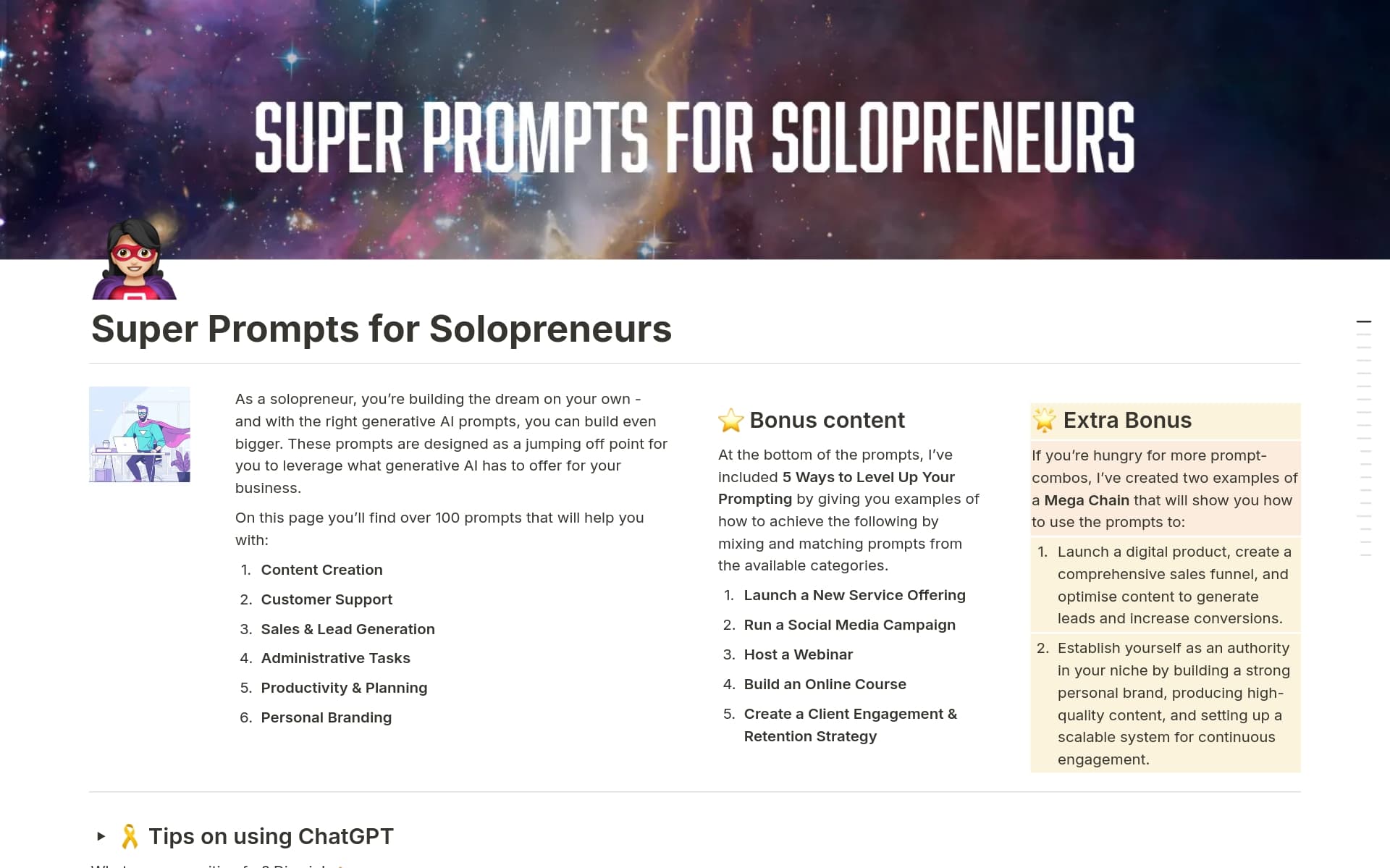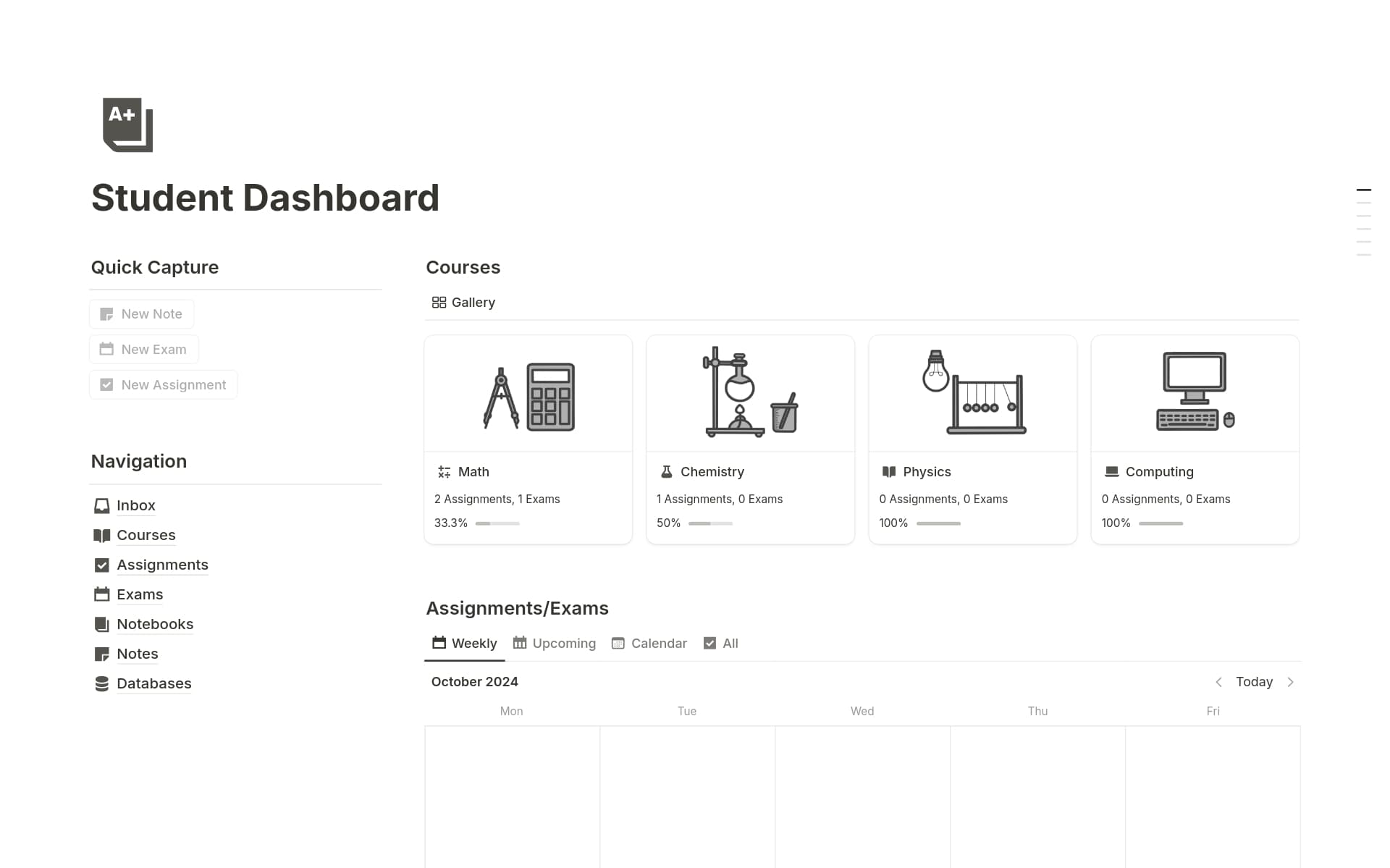Maintaining a Trade Log is crucial for any trader as it provides a structured way to record and analyze trades, helping to identify successful strategies and areas for improvement. A well-organized Trade Log template in Notion can streamline this process, ensuring that you can focus on the insights rather than getting bogged down by data entry.
Before you start crafting your own Trade Log, consider exploring these Notion templates to simplify the process and enhance your trading journey.
What Should Trade Log Templates Include?
Choosing the right Trade Log Template in Notion can significantly streamline your trading analysis and record-keeping. Here are key components to look for when selecting a template:
Comprehensive Entry and Exit Logs: A good template should allow you to record detailed information about each trade, including the date, entry and exit points, trade size, and asset type.
Risk Management Tools: Features that help you calculate and manage risk, such as stop-loss and take-profit settings, are essential for maintaining control over your trading outcomes.
Performance Tracking: The ability to track your trading performance over time, through integrated charts or summaries, can help you analyze your progress and adjust strategies accordingly.
Notes and Observations Section: Space for notes on market conditions or personal observations can be invaluable for refining your trading strategy and learning from past trades.
Selecting a template that offers these features will provide a solid foundation for your trading records and help enhance your decision-making process.
What Should Trade Log Templates Avoid?
When selecting a Trade Log Template in Notion, it's essential to know what features might hinder your trading analysis rather than help it. Here are three key components to steer clear of:
Overly Complex Layouts: Templates with too many sections or complicated navigation can slow down your ability to log trades quickly and efficiently.
Non-Customizable Fields: Avoid templates that don't allow you to adjust input fields according to your specific trading requirements, as this can limit the usefulness of the log.
Lack of Integration Features: Ensure the template can integrate with other tools or platforms you use. A template that stands alone might not sync well with your trading setup.
Choosing the right template involves looking for simplicity, customization, and integration capabilities to enhance your trading strategy effectively.



